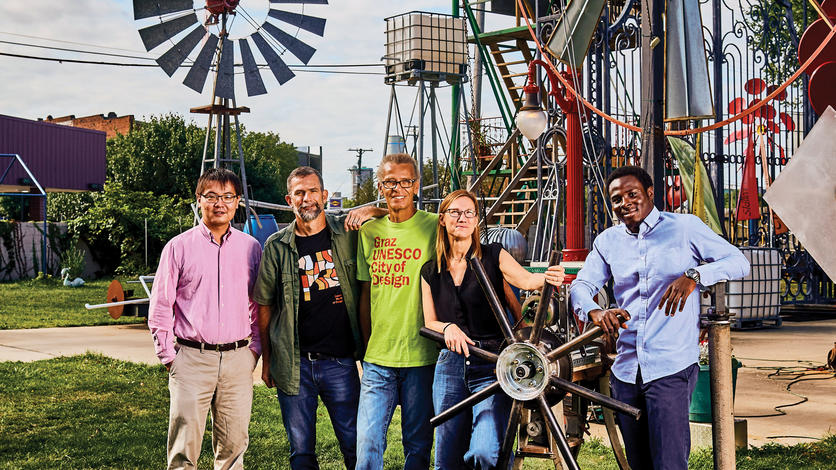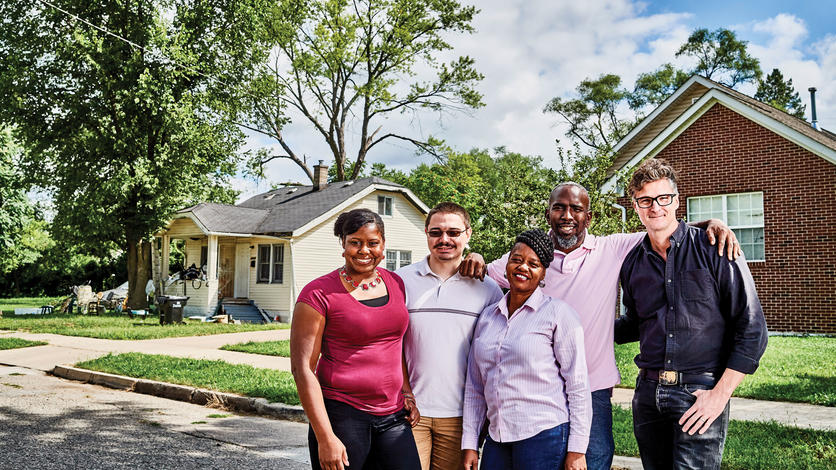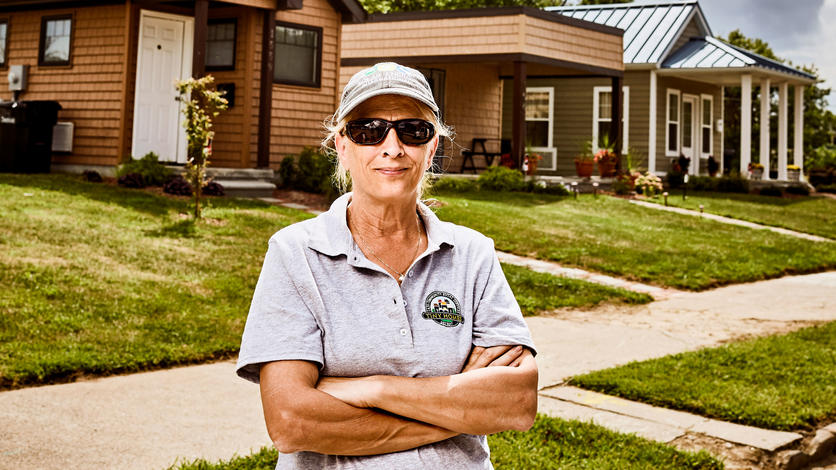
But when economic acceleration gets to the neighborhood level, that’s where some say it has stalled.
As Detroit strives for greater housing and economic justice, changemakers continue to focus on inclusive recovery — a balancing act that must attract new life to the city while ensuring longtime Detroiters can still afford to live in and benefit from the revitalization.
Fighting for the Right to Healthy Housing
Hearing rain fall on her roof, one resident of Detroit’s Conner Creek neighborhood once was soothed by its rhythm.
But now — after repeated flooding in her home — she feels panic. “It was very calming, relaxing and helped me sleep. Now it’s a source of great anxiety ... and the first thing I do is look at my basement.”
Assistant Professors Natalie Sampson and Carmel Price have met many Detroiters with similar stories as they have researched environmental health issues present in the city and the effect on the people living there. Residents across Detroit’s seven districts have reported repeated flooding in their homes during average rainstorms. Reasons include aging infrastructure, climate change and older homes.
"We are hearing a common story across Detroit about flooding. By collecting these narratives, we can show decision makers what a severe issue this is."
Sampson said that, according to Great Lakes Integrated Sciences and Assessments, the amount of precipitation falling in the Midwest during the 1 percent of heaviest precipitation events has increased by 37 percent since the mid-20th century.
“We are hearing a common story across Detroit about flooding. By collecting these narratives, we can show decision makers what a severe issue this is,” Sampson said. “People are living with it — along with the health risks that come with it, like sewage exposure, mold growth and economic stress from repeated events. That needs to change.” The two faculty members are planning to work with community members to bring awareness to the flooding issue by sharing these study findings and proposed solutions with decision makers.
In related research, Sampson has worked with government, academic and community partners to create bioretention gardens in vacant lots in Detroit’s Warrendale neighborhood that have collected hundreds of thousands of gallons of rainwater to date. She and colleagues in Dearborn and Ann Arbor also are analyzing data from a survey that asks about perceptions of this green infrastructure with flood-specific questions; the findings will be out in early 2019.






